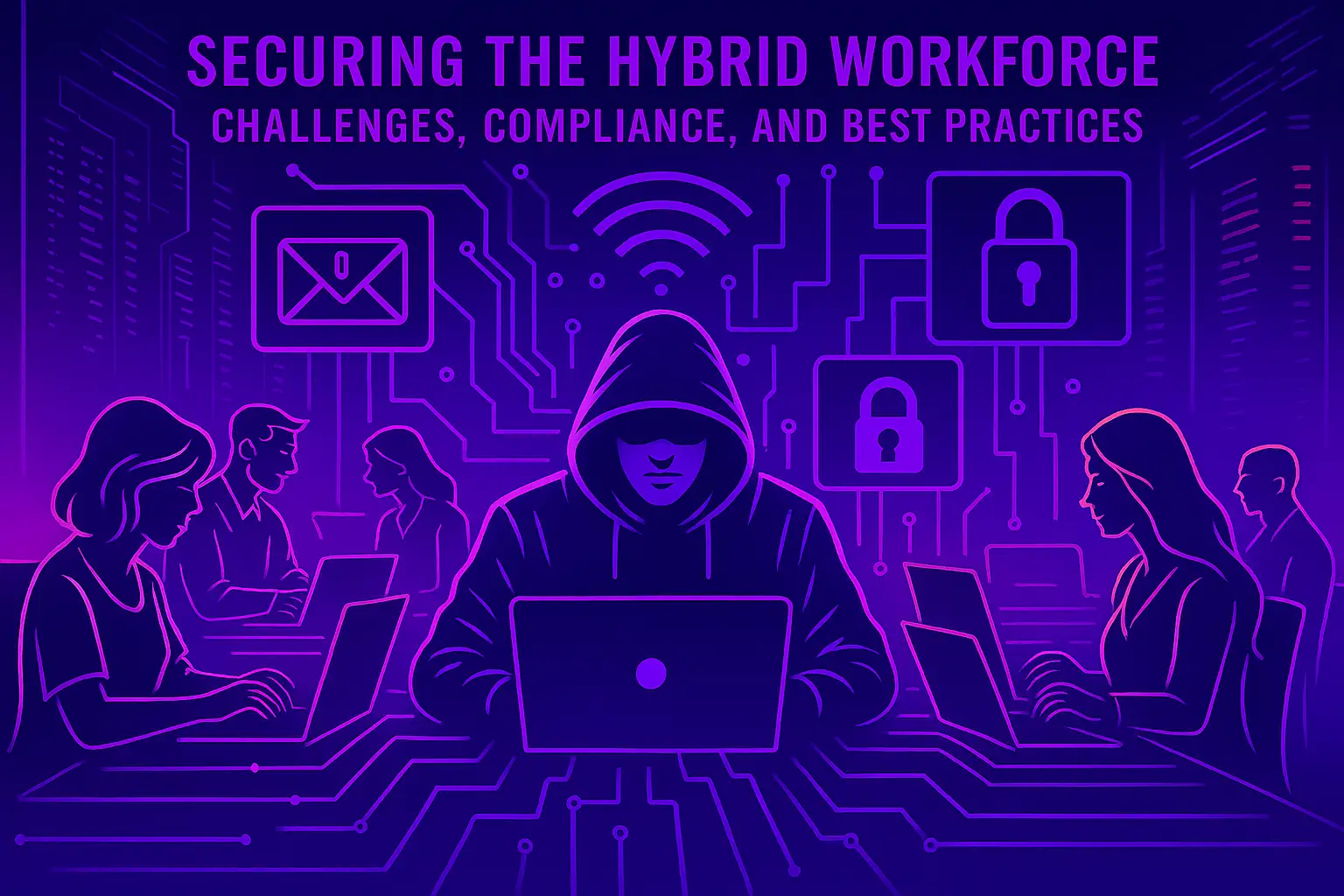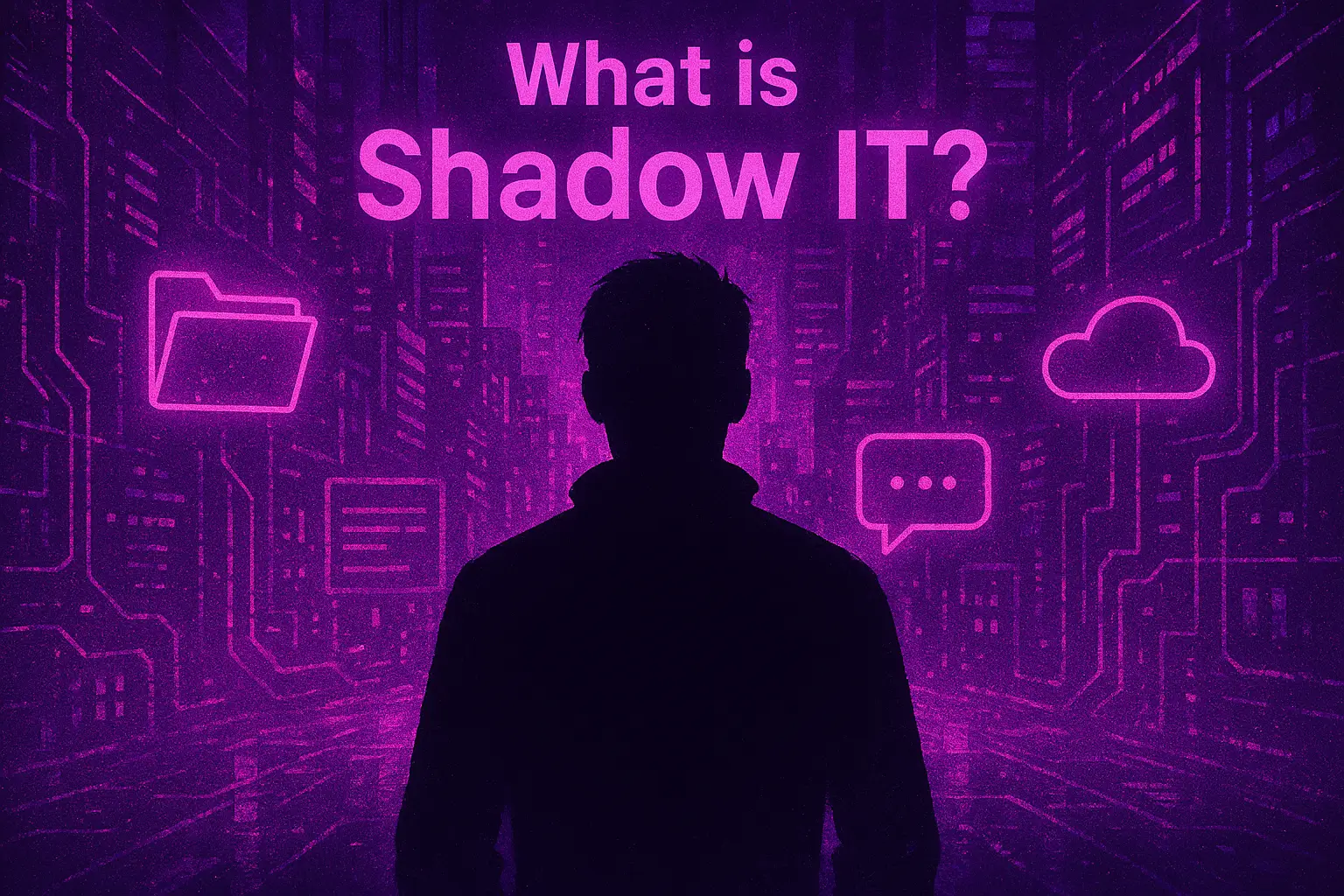1. Overview
KelvinSec is an opportunistic cybercrime collective active since at least 2022. The group is known for targeting vulnerable systems, stealing data, and leaking or selling that information via dark web forums and Telegram channels. Although it presents itself with ideological overtones, KelvinSec’s primary motivation appears to be financial, often demanding payment in exchange for withholding or deleting stolen data.
Unlike state-sponsored actors or advanced ransomware collectives, KelvinSec focuses on exposed or misconfigured systems, frequently exploiting internet-facing services with poor security. Its targets are typically small to medium-sized organisations, and it favours breaches that yield large data sets, credential dumps, or customer records.
2. Origin and Evolution
KelvinSec first appeared in cybercrime forums and Telegram groups in 2022, sharing data breaches involving organisations in North Africa, Eastern Europe, and the Middle East. While its members use pro-Islamic or anti-Western rhetoric in some of their messaging, researchers believe this is more branding than an indication of true ideological motivation.
The group has since broadened its activities, occasionally joining broader hacktivist campaigns, though its methods remain consistent with those of financially motivated cybercriminals. It has no known ransomware deployment capability and typically focuses on exfiltrating and leaking data rather than causing operational disruption.
3. Tactics, Techniques, and Procedures (TTPs)
KelvinSec uses basic but effective intrusion techniques to obtain access to systems and exfiltrate data. Common methods include:
- Initial access
Exploitation of unpatched or misconfigured web applications, VPN endpoints, and remote access tools (T1190). Also uses open-source scanning tools to identify exposed services. - Credential harvesting
Targets login portals using brute-force, credential stuffing, or leaked credentials from prior breaches (T1110, T1078). - Data exfiltration
Focuses on extracting databases, user credentials, email archives, and customer records. Uses FTP or web-based file-sharing services (T1041). - Data leak and extortion
Posts stolen data samples to Telegram or dark web forums and often demands cryptocurrency payment for deletion or non-disclosure. - Infrastructure
KelvinSec communicates via Telegram, using anonymous file-sharing platforms such as anonfiles.com, transfer.sh, or temporary paste services. It rarely maintains dedicated websites or portals.
4. Targeting Profile
KelvinSec targets organisations across a range of geographies and sectors, focusing on entities with weak cyber hygiene. Frequent targets include:
- Educational institutions and universities
- Municipal governments and regional authorities
- Telecoms and hosting providers
- E-commerce and online service platforms
- Financial service providers in developing markets
In some cases, KelvinSec has also targeted media outlets, healthcare providers, and third-party service providers with limited defensive capabilities.
Organisations in the UK have not been a major focus, but some UK-linked entities with operations in the Middle East or Africa have appeared in their claimed breaches.
5. Notable Campaigns and Victims
KelvinSec’s data breaches are often published in bursts and sometimes overlap with other low-tier data leak actors. Notable examples include:
- Breach of an Algerian telecommunications company, with call records and credentials leaked
- Leaked database of a Palestinian university, including staff and student records
- Exposure of email credentials from a Middle Eastern media outlet
- Claimed breach of a Balkan internet service provider, with configuration and network files posted publicly
Many of these incidents are announced via Telegram with minimal technical detail and accompanied by sample files as proof of compromise.
6. Technical Indicators
Due to its basic toolkit, KelvinSec’s IOCs are limited, but include:
- Use of public scanners such as Shodan and Censys to identify vulnerable assets
- IP addresses linked to open proxy services and Tor nodes
- Data staging using open-source tools and temporary file-hosting services
- Unusual access patterns from VPNs and anonymised IP ranges
- File names like
db_dump.sql,users.xlsx, andbackup.tar.gzin data dumps
Detection depends on strong external monitoring and analysis of outbound data transfers and anomalous access.
7. Defensive Measures and Recommendations
To defend against intrusion by groups like KelvinSec:
- Patch internet-facing systems promptly, especially VPNs, CMS platforms, and web applications
- Enforce strong password policies and implement multi-factor authentication on all accounts
- Use intrusion detection and firewall rules to block scanning and brute-force behaviour
- Monitor for large outbound data transfers or file compression on web servers
- Periodically audit public exposure of assets using tools like Attack Surface Management (ASM) platforms
- Subscribe to dark web monitoring to detect leaked credentials or breached data
8. Attribution and Alliances
KelvinSec has not been formally linked to any nation-state, and its infrastructure suggests a loosely affiliated group of individuals operating primarily for financial gain. Its occasional political messaging is inconsistent and likely used to draw attention or align with broader cybercrime narratives.
The group appears to be connected to a wider underground ecosystem of small breach collectives, Telegram-based leak channels, and hacktivist-leaning actors with overlapping membership or shared access to compromised data.
9. Conclusion
KelvinSec represents a growing trend in cybercrime: a hybrid of low-sophistication intrusion tactics and high-impact data exposure. While not as advanced as ransomware operators or state-backed actors, the group’s opportunistic approach and focus on data monetisation make it a relevant threat, particularly to under-resourced organisations in sensitive sectors.
UK organisations with operations in the Middle East, North Africa, or Eastern Europe should monitor for signs of KelvinSec activity and strengthen defences around externally facing assets.
Author:
Threat Intelligence Team, UK Cyber Defence Ltd
All intelligence current as of May 2025





